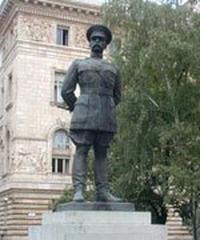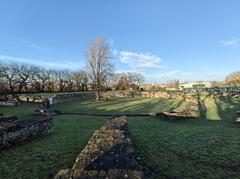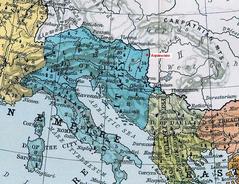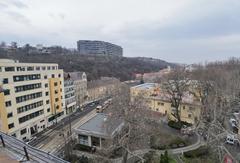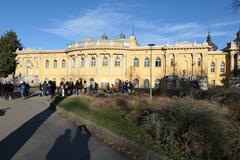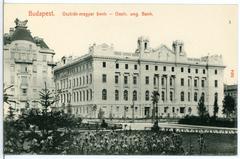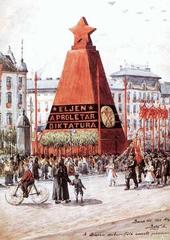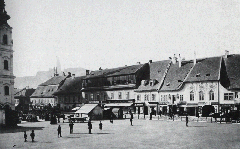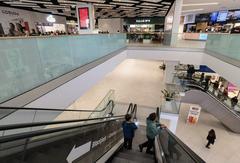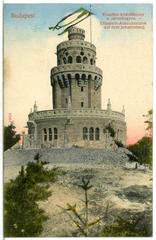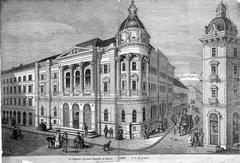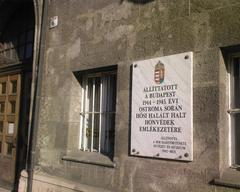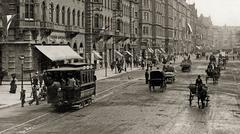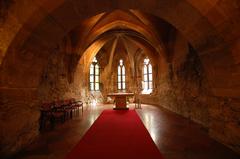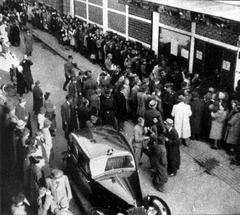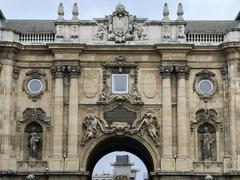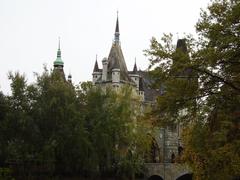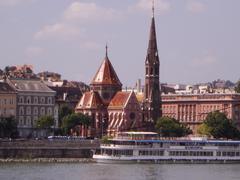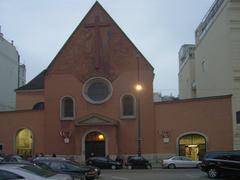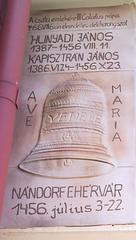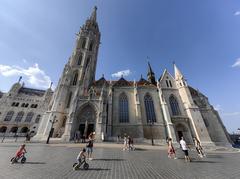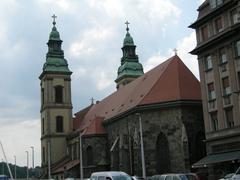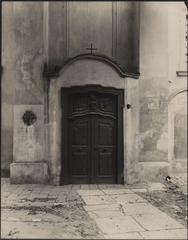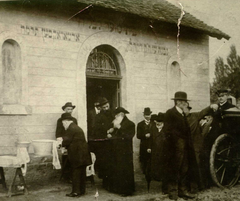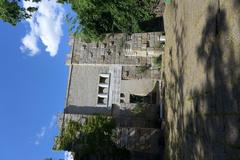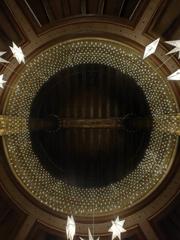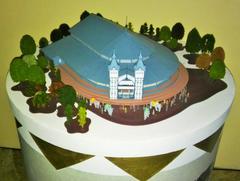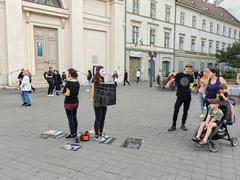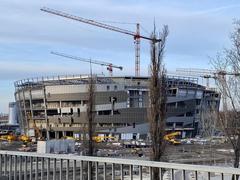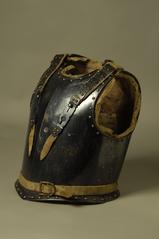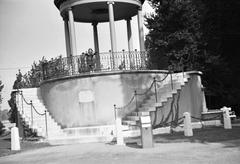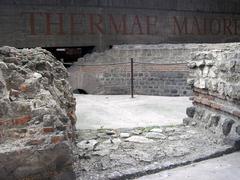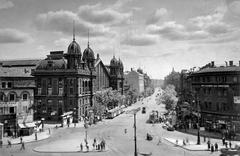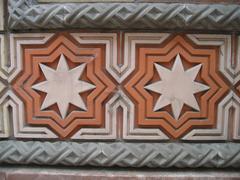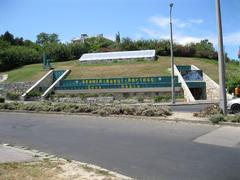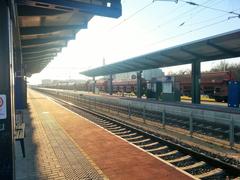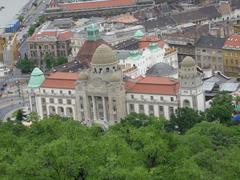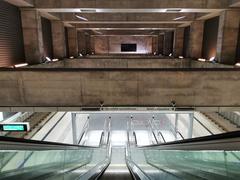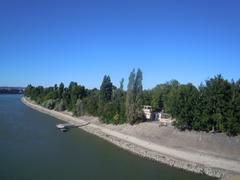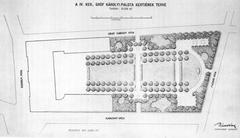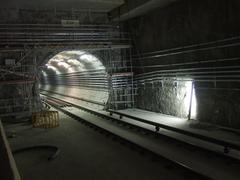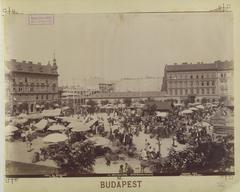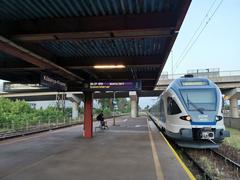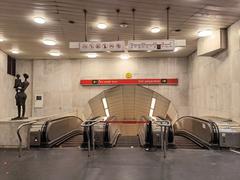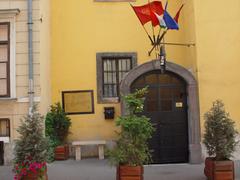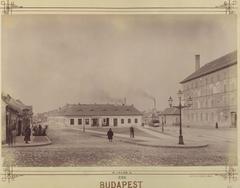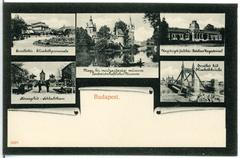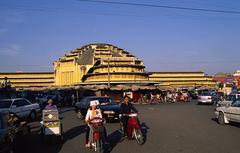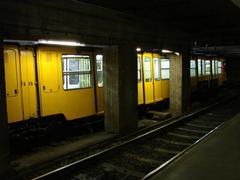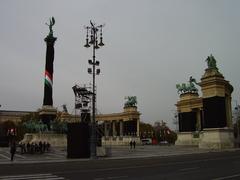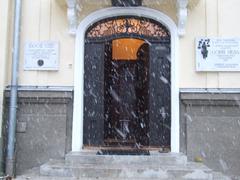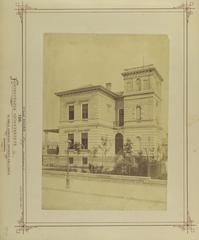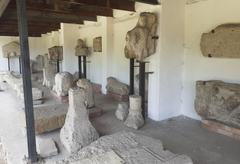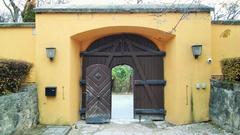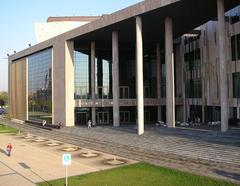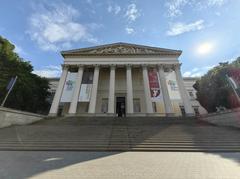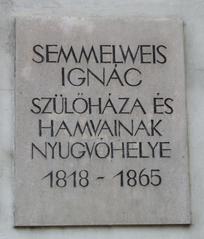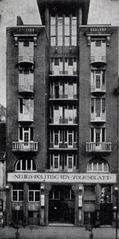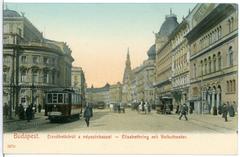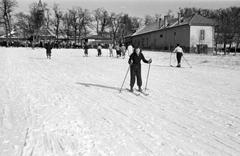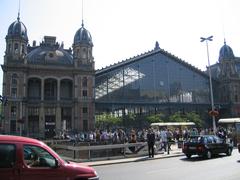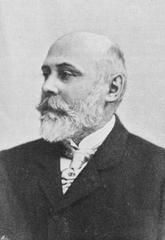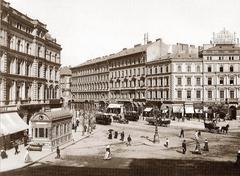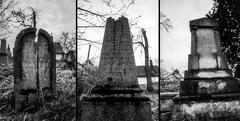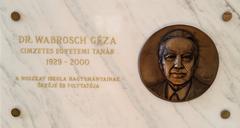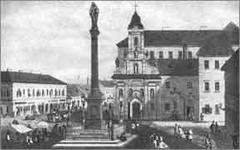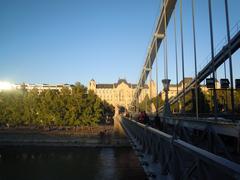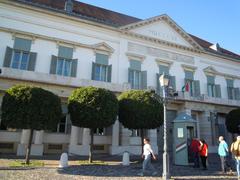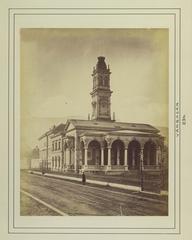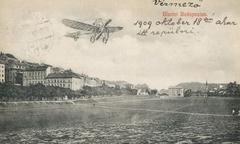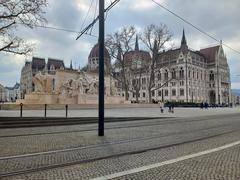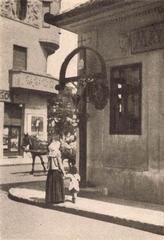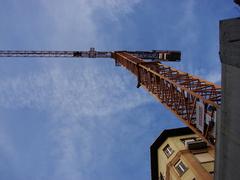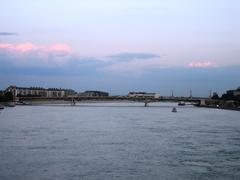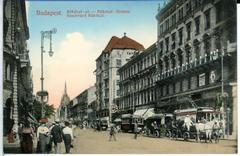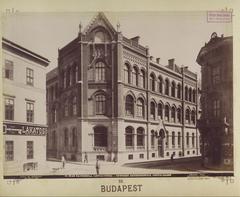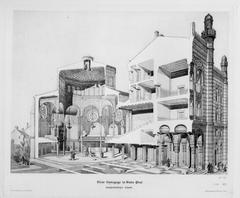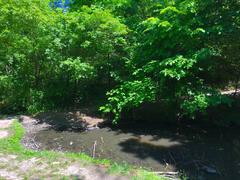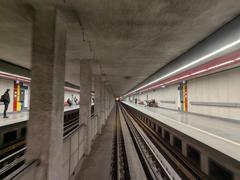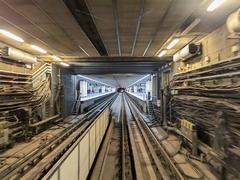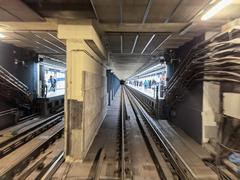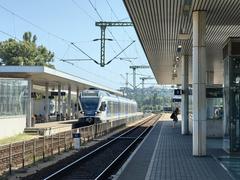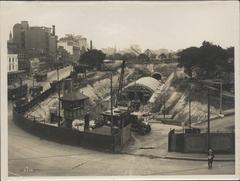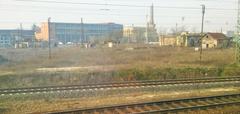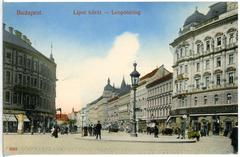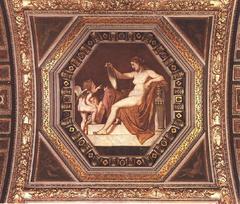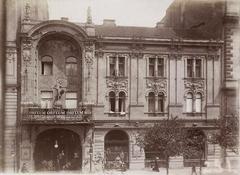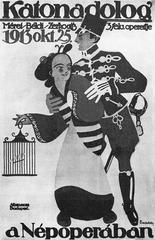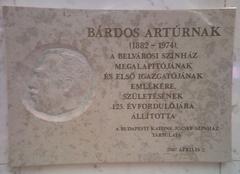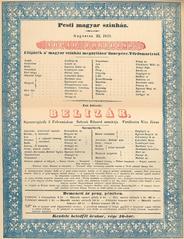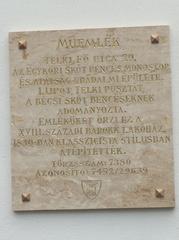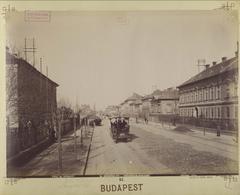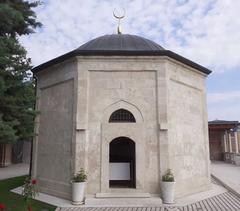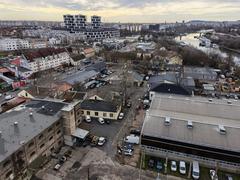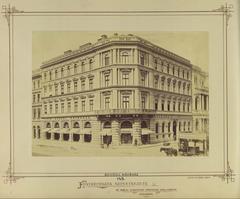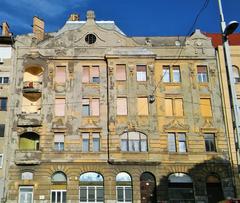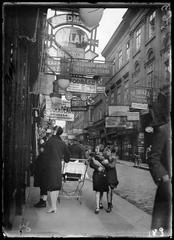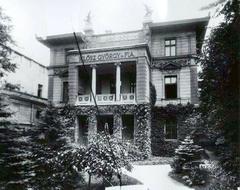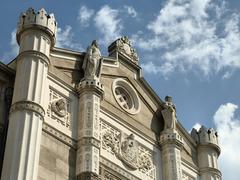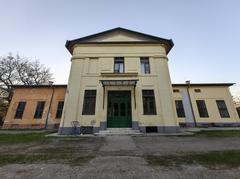Comprehensive Guide to Visiting Megyeri Híd, Budapest, Hungary
Date: 23/07/2024
Introduction
Megyeri híd, also known as the Megyeri Bridge, is one of Budapest’s modern architectural marvels, connecting the northern districts of Buda and Pest across the Danube River. Officially opened in 2008, this cable-stayed bridge stands as a testament to Hungary’s engineering prowess and commitment to infrastructure development. The bridge’s inception was driven by the need to alleviate traffic congestion and enhance connectivity within Budapest, making it a critical component of the M0 motorway ring road around the city. The design, characterized by two main pylons rising 100 meters above the river and a main span of 300 meters, not only provides structural stability but also adds to the aesthetic appeal of Budapest’s skyline (Budapest.com) (Structurae).
The Megyeri híd is more than just a transportation link; it holds significant historical, cultural, and economic value. It symbolizes Hungary’s post-communist modernization and integration into the European community, having been one of the first large-scale infrastructure projects undertaken after joining the European Union in 2004. The bridge has since become a popular destination for both locals and tourists, offering pedestrian and cycling paths with stunning views of the Danube River and the cityscape. This guide aims to provide a comprehensive overview of everything you need to know about visiting Megyeri híd, from its history and architectural significance to practical visitor information and travel tips.
Table of Contents
- [Exploring Megyeri híd]
- [Conclusion]
- [References]
Exploring Megyeri Híd
History of Megyeri Híd
Early Planning and Conception
The idea for Megyeri híd emerged in the late 20th century as part of a broader initiative to improve transportation infrastructure in Budapest. The need for a new bridge was driven by the increasing traffic congestion on existing bridges and the desire to enhance connectivity between the northern parts of Buda and Pest.
Design and Engineering
The design of Megyeri híd was the result of an international competition held in 1993. The winning design was submitted by a consortium led by the Hungarian engineering firm, Pont-Terv. The bridge’s design is notable for its modern aesthetic and functional efficiency. It features a cable-stayed structure with a main span of 300 meters, making it one of the longest bridges in Hungary. The total length of the bridge is 1,862 meters, and it includes six lanes for vehicular traffic, as well as pedestrian and bicycle paths.
Construction Phase
Construction of Megyeri híd began in 2006 and was completed in 2008. The project was a significant engineering feat, involving the use of advanced construction techniques and materials. The bridge’s pylons, which rise to a height of 100 meters, were constructed using high-strength concrete and steel. The cables supporting the bridge deck were manufactured by the German company, Pfeifer Seil- und Hebetechnik, and were designed to withstand the dynamic loads imposed by traffic and environmental conditions.
Inauguration and Public Reception
The Megyeri híd was officially opened to traffic on September 30, 2008. The inauguration ceremony was attended by Hungarian government officials, engineers, and local residents. The bridge was named after the Megyer district, which is located near the northern end of the bridge. The name was chosen through a public vote, reflecting the community’s involvement in the project.
Historical Significance
The Megyeri híd holds significant historical importance for several reasons. Firstly, it represents a major milestone in Hungary’s post-communist infrastructure development. The bridge was one of the first large-scale infrastructure projects undertaken in Hungary after joining the European Union in 2004. It symbolizes the country’s progress and integration into the European community.
Secondly, the bridge has played a crucial role in alleviating traffic congestion in Budapest. Before the construction of the Megyeri híd, the northern parts of Buda and Pest were poorly connected, leading to significant traffic delays and inefficiencies. The bridge has improved traffic flow and reduced travel times, benefiting both commuters and commercial transportation.
Visitor Information
Visiting Hours and Tickets
The Megyeri híd is accessible to visitors 24/7, with no ticket required for crossing the bridge. Pedestrian and bicycle paths are open at all times, allowing for a leisurely walk or ride with stunning views of the Danube River.
Travel Tips
- Best Time to Visit: Early morning or late afternoon to enjoy the best lighting for photography.
- Nearby Attractions: Consider visiting the historic Aquincum Museum and Roman Ruins, which are located nearby.
- Accessibility: The bridge is equipped with ramps and pathways suitable for visitors with mobility issues.
- Guided Tours: While there are no specific guided tours for the Megyeri híd, local tour companies may offer comprehensive city tours that include the bridge as a stop.
Architectural and Cultural Significance
The Megyeri híd is not only an engineering marvel but also an architectural landmark. Its sleek, modern design has been praised for its aesthetic appeal and harmony with the surrounding landscape. The bridge has become a symbol of contemporary Hungarian architecture and engineering prowess.
Culturally, the Megyeri híd has become a popular destination for tourists and locals alike. The pedestrian and bicycle paths offer stunning views of the Danube River and the Budapest skyline. The bridge is also a popular spot for photography, particularly during sunrise and sunset when the lighting enhances its visual appeal.
Maintenance and Future Prospects
Since its opening, the Megyeri híd has undergone regular maintenance to ensure its structural integrity and safety. The Hungarian government has invested in advanced monitoring systems to detect any potential issues with the bridge’s cables, pylons, and deck. In 2022, a major maintenance project was undertaken to replace some of the bridge’s expansion joints and repaint the steel components to protect against corrosion.
Looking ahead, the Megyeri híd is expected to continue playing a vital role in Budapest’s transportation network. Plans are underway to further enhance the bridge’s capacity and connectivity. One proposal involves the construction of additional access roads and interchanges to improve traffic flow and reduce congestion on the bridge approaches.
FAQ
- What are the visiting hours for Megyeri híd? The bridge is accessible 24/7.
- Is there a guided tour available for Megyeri híd? Local tour companies may offer comprehensive city tours that include the bridge.
- Are there any nearby attractions? Yes, the Aquincum Museum and Roman Ruins are located nearby.
Conclusion
In summary, the Megyeri híd stands as a multifaceted landmark that encapsulates the essence of modern Budapest. Its construction was a pivotal moment in Hungary’s post-communist era, symbolizing progress, connectivity, and integration into the broader European framework. Architecturally, it is an impressive feat, blending functional efficiency with aesthetic elegance, and has become a symbol of contemporary Hungarian engineering. Economically, the bridge has played a vital role in alleviating traffic congestion, thereby boosting local businesses and enhancing the overall efficiency of transportation within Budapest.
For visitors, Megyeri híd offers a unique experience, combining breathtaking views, historical context, and cultural significance. Whether you are walking, cycling, or simply enjoying the view, the bridge provides an exceptional vantage point over the Danube and the city. Nearby attractions like the Aquincum Museum and Római Part further enrich the visit, offering insights into Budapest’s rich history and vibrant social life (Budapest Times). As Budapest continues to evolve, Megyeri híd will undoubtedly remain a key landmark, reflecting the city’s journey toward modernization and its commitment to sustainable development (Hungarian Ministry of Innovation and Technology).
References
- Exploring Megyeri híd - History, Visiting Hours, and Travel Tips, 2024 Budapest.com
- Exploring Megyeri híd - Visiting Hours, Tickets, and Historical Significance in Budapest, 2024 Structurae
- Exploring Megyeri híd - Visiting Hours, Tickets, and Historical Significance in Budapest, 2024 Budapest Times
- Visiting Megyeri híd in Budapest - Tips, Tickets, and Best Times to Visit, 2024 Hungarian Ministry of Innovation and Technology


